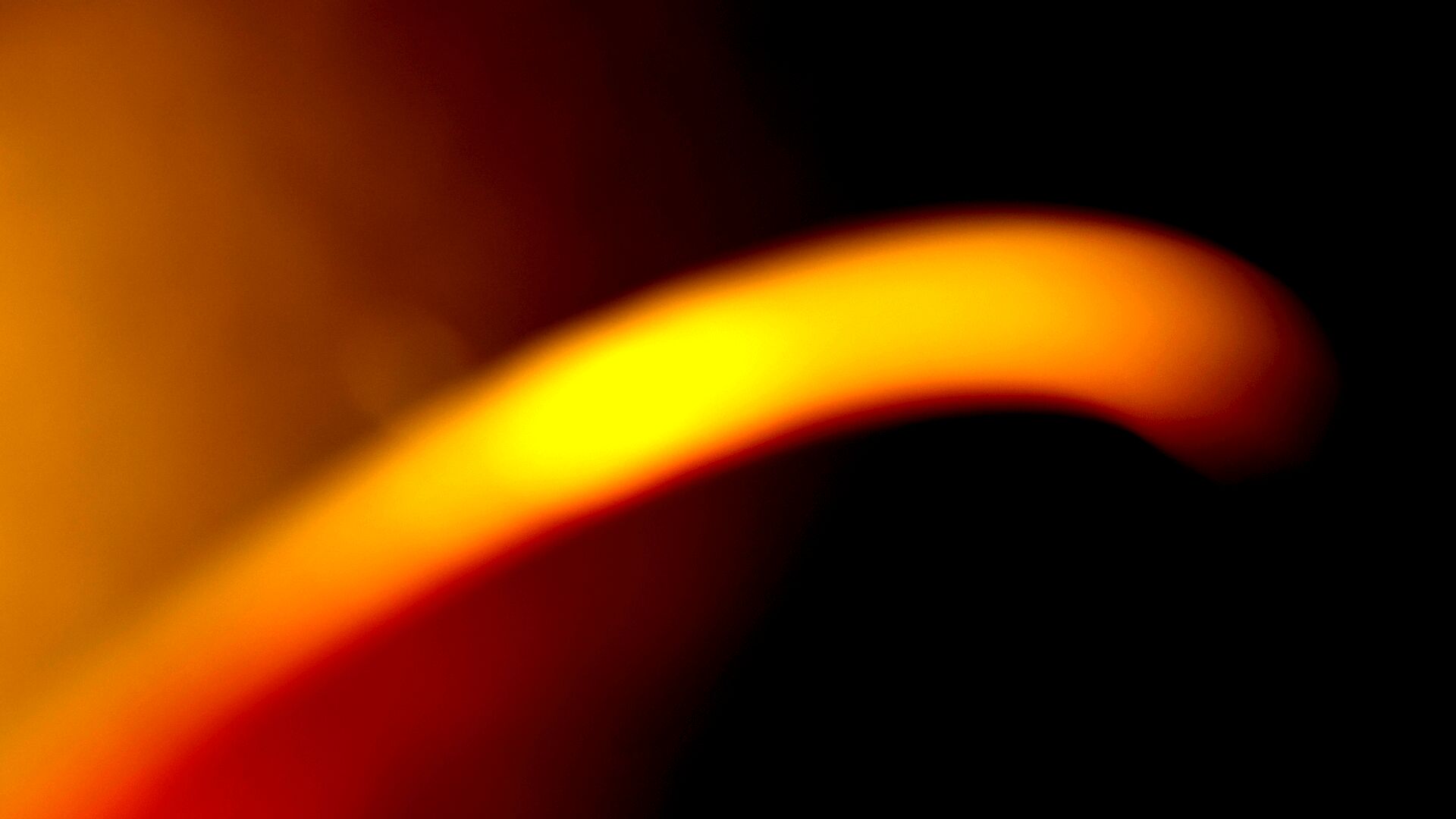Few words are as loaded or as controversial as “propaganda”. But what is propaganda and what does propaganda mean? Is it a way to spread misinformation? A function of manipulation onto a populace? A funny Walt Disney cartoon starring Donald Duck? All this and much more, propaganda has been around for a very long time but seems to be more recognized (at least by name) since the nineteenth century. We will provide a definition of propaganda, along with notable examples, primarily in art and film.
Define Propaganda
Defining Propaganda
Propaganda can be a hard word to define, especially because there are technically two major definitions for the word (though only one is still relevant today). But it can also be hard to define because of how vague it is and how broadly it is applied, which will be noted below and beyond.
PROPAGANDA DEFINITION
What is propaganda?
Propaganda is the spreading of information for the purpose of advancing a belief or cause that goes against another belief or cause. It has often been seen in relation to war, with all sides in a conflict presenting their version of propaganda to motivate their side and villainize the enemy. Propaganda can also be found domestically via educational films, posters, advertising, and music, all for the same purposes.
The etymology of “propaganda” comes from the Latin propagare, which was used in reference to the Catholic organization “Congregation for propagating the faith”. In its earliest days, the word “propaganda” specifically referred to this organization before taking its more contemporary context in the late nineteenth century.
Propaganda characteristics include:
- Manipulative imagery and text to propagate a belief or cause.
- Exaggerated qualities applied to people, places, or events.
- Misinformation and lies meant to convince people of falsehoods.
Propaganda Examples
Propaganda in Art
During the rise and peak of what we associate with “classic” propaganda (1900s-1940s), a variety of artworks (often presented as posters) were made. Some asked for citizens to chip in to help soldiers abroad, others asked for the citizens to take direct part in the war being fought. There were also plenty that used racist imagery to remind you who the enemy was.

What is Propaganda • American Propaganda
The idea of what counts as propaganda can get muddled, as recruitment posters (Uncle Sam saying “I WANT YOU”) and motivational art (J. Howard Miller’s “We Can Do It!”) could technically be counted as propaganda, especially in the context of the war effort and nationalism. Those examples may not be directly attacking a side or trying to tell you things to make you think something (true or false) about the enemy. However, like all good propaganda, their main intent is still to manipulate and/or encourage people to act for a patriotic purpose.

What is Propaganda • propaganda meaning
Propaganda artwork has also taken a life of its own outside of its original context. The “We Can Do It!” poster, featuring an example of Rosie the Riveter, became more popular decades after it was originally made for WWII. Keep Calm and Carry On is another example, as it became much more popular in the 21st century than the 20th century (even though the intent was to motivate Brits during Nazi bombing raids). And of course, Soviet propaganda still has a cult fan base.
Related Posts
Propaganda Film
Propaganda in Film
Propaganda also made its mark in the world of cinema, so there is no shortage of propaganda films (or films that could be classified as propaganda). Some movies were explicitly made as works of propaganda while others were less explicit. There were also movies that can be classified as more anti-war than propaganda, but are often referred to as propaganda all the same (Casablanca and The Great Dictator are two notable examples).
The two World Wars had propaganda films left and right, so much so that it would be too much to list them here. More notable propaganda films during these periods would include Sergei Eistenstein’s Battleship Potemkin, which promoted Communist ideals (and is a strong example of Soviet montage). A more explicit example from Eistenstein would be October, which was done for the tenth anniversary of the October Revolution which led to the formation of the USSR.
What is Propaganda • propaganda techniques
One of the most renowned and controversial (and not at all subtle) propaganda films is Leni Riefenstahl’s Triumph of the Will. While the film glorifies and showcases Nazi Germany, it also utilized unique filmic techniques that were seen as revolutionary.
On the other end of Triumph of the Will is Frank Capra’s Why We Fight, a seven-part series of propaganda films directly produced by the US government. On top of being a response to Riefenstahl’s film, it’s an example of a famous Hollywood filmmaker directly getting involved with the war effort via cinema.
What is Propaganda • history of propaganda
Of the many obvious propaganda films of the era, one of the most popular remains Walt Disney’s Der Fuehrer’s Face starring Donald Duck. It was one of several Disney propaganda animated shorts, which included films that existed to promote the “Good Neighbor” policy, which included Saludos Amigos and The Three Caballeros.

What is Propaganda • types of propaganda
These are just some of the most notable examples, because propaganda films continued to get made during the Cold War and beyond. But the two World Wars remain major examples of propaganda art and film that continue to be studied, talked about, and function as an influence in the twenty-first century.
Up Next
What is Pop Art?
Now that you know a little bit more about propaganda, look at an art movement that commented and satirized propaganda. Our article on pop art covers the movement and its history, in addition to notable examples of artists and their works.
